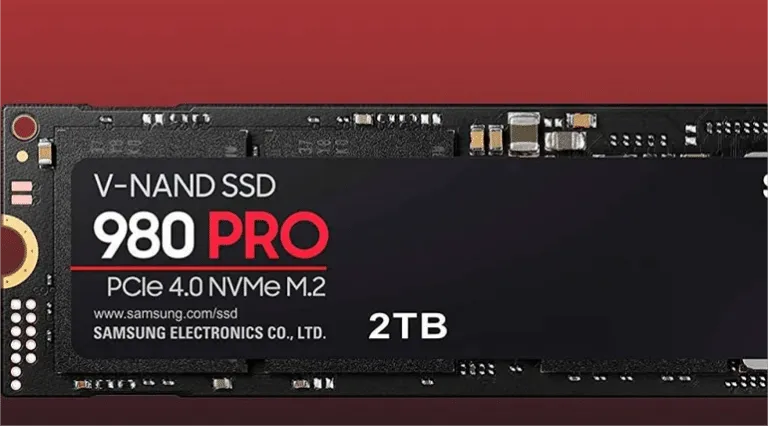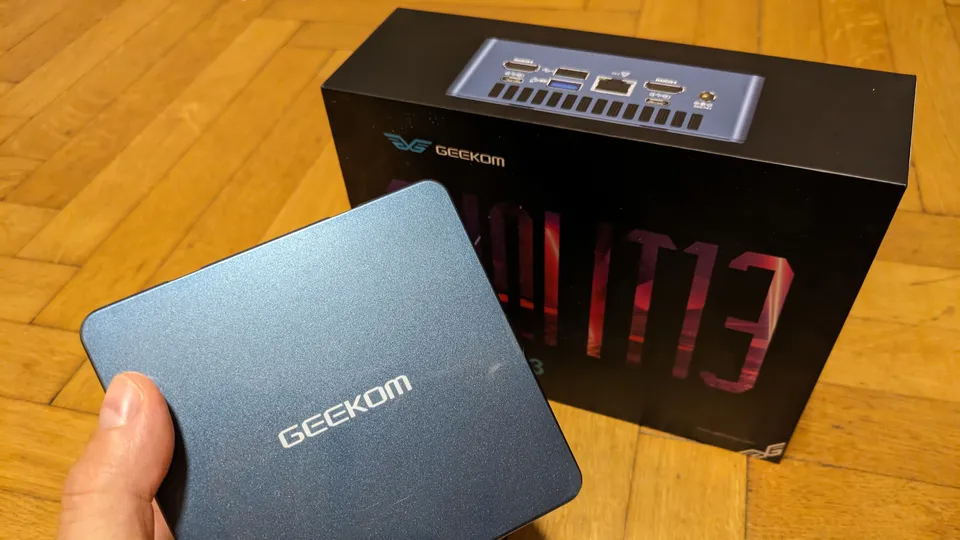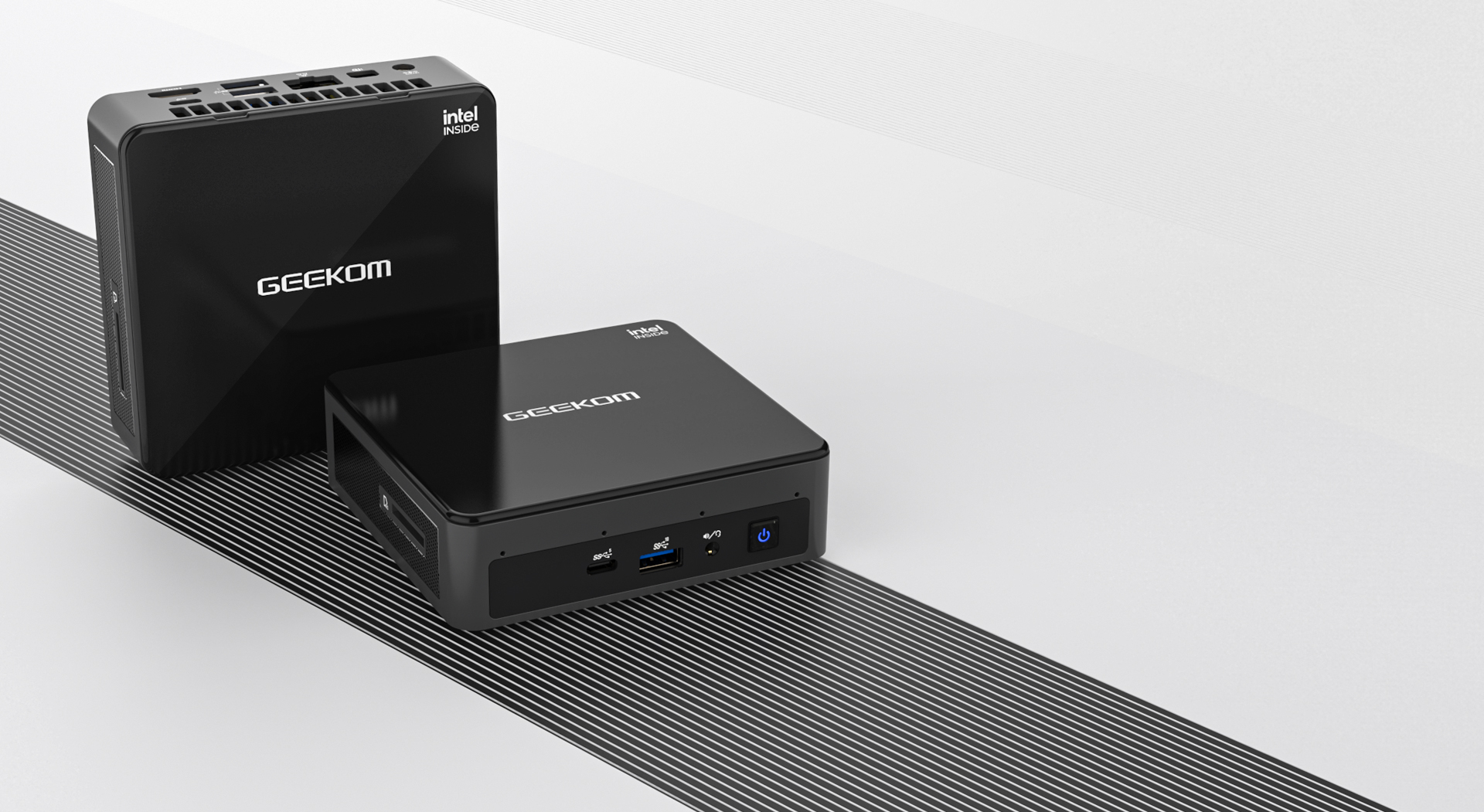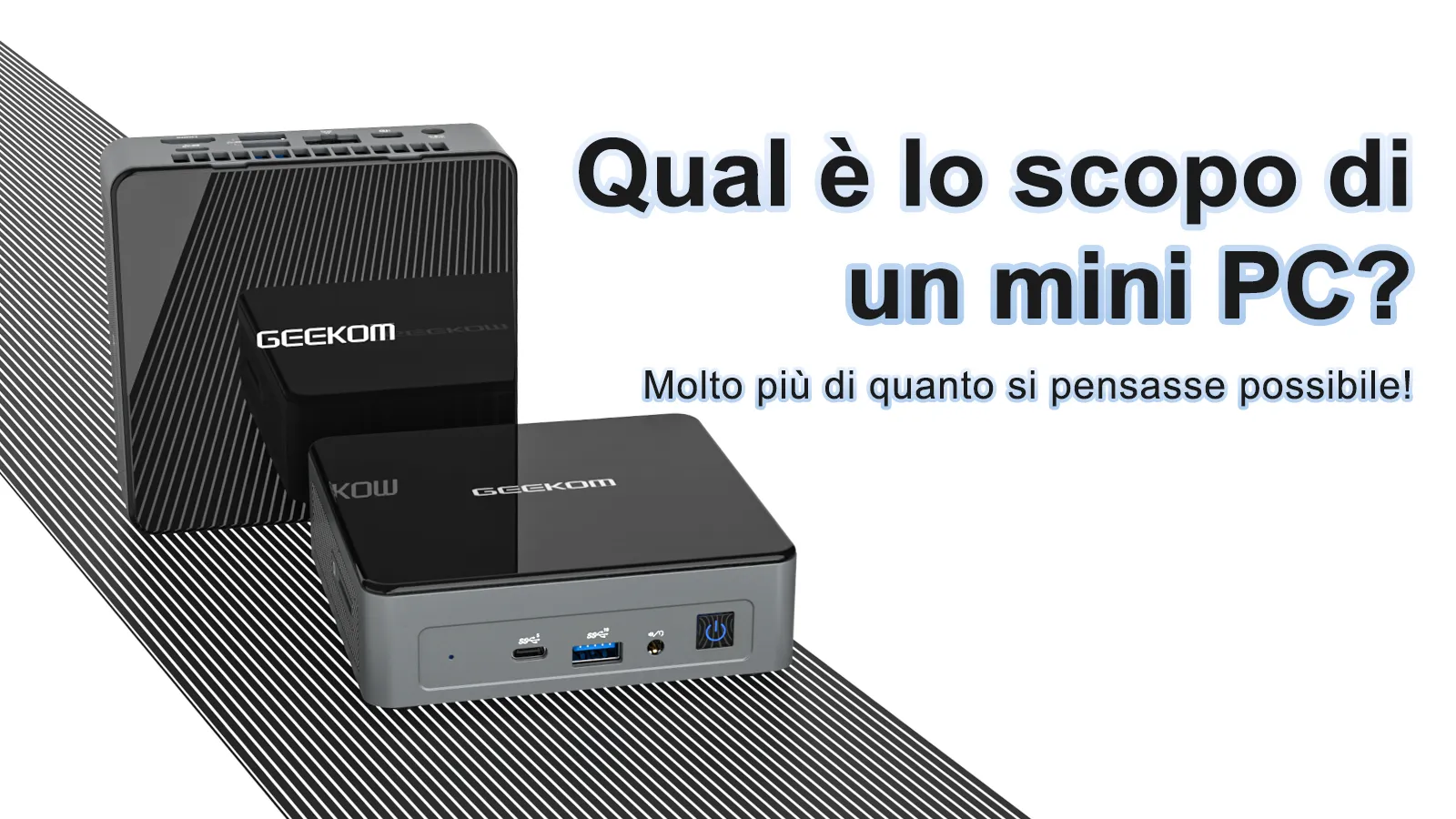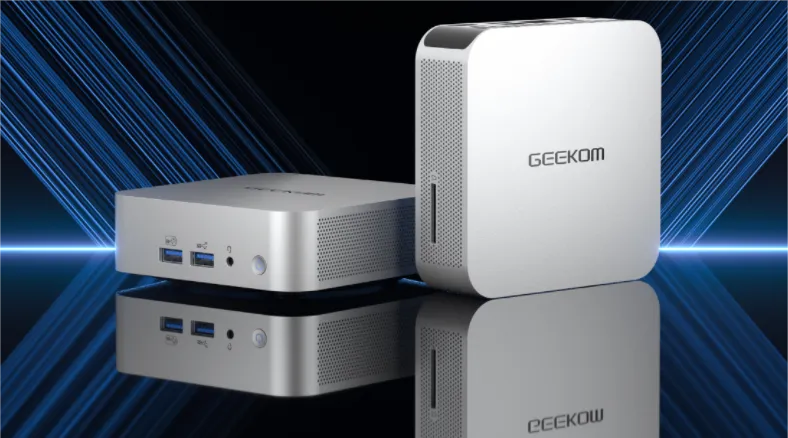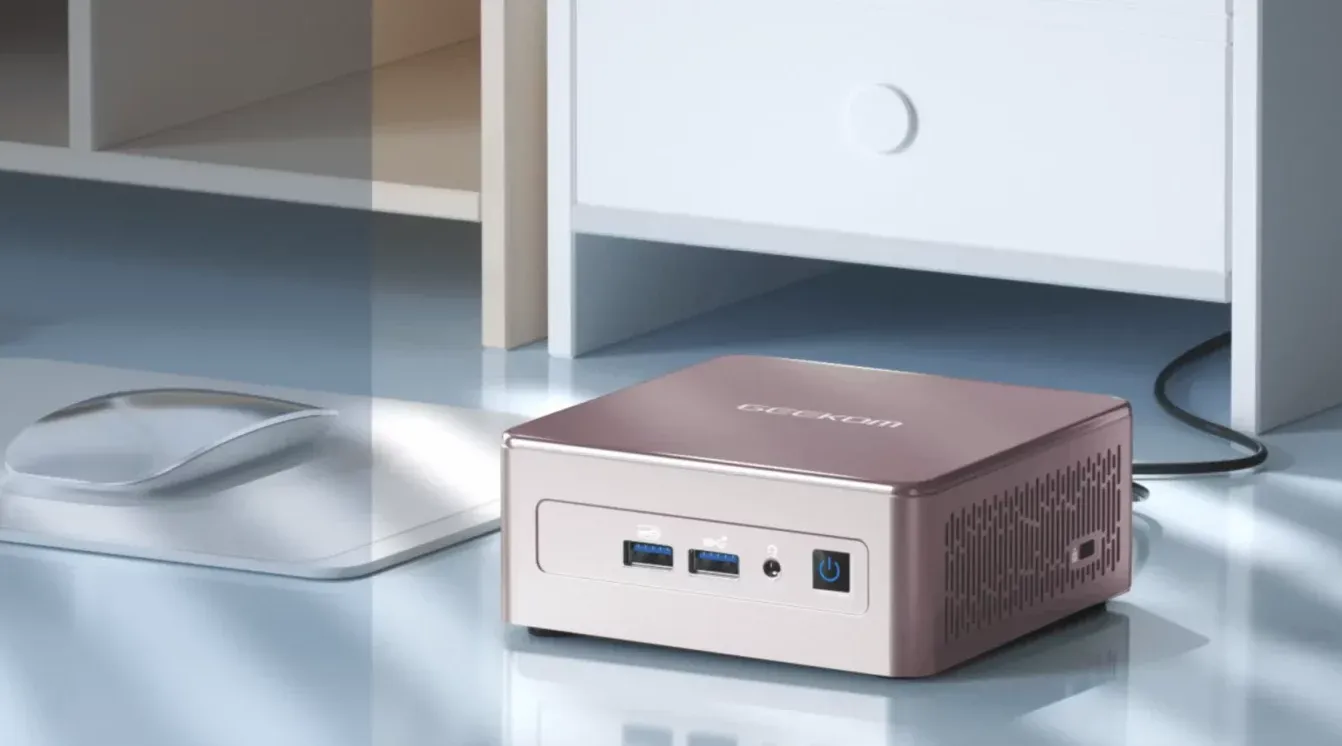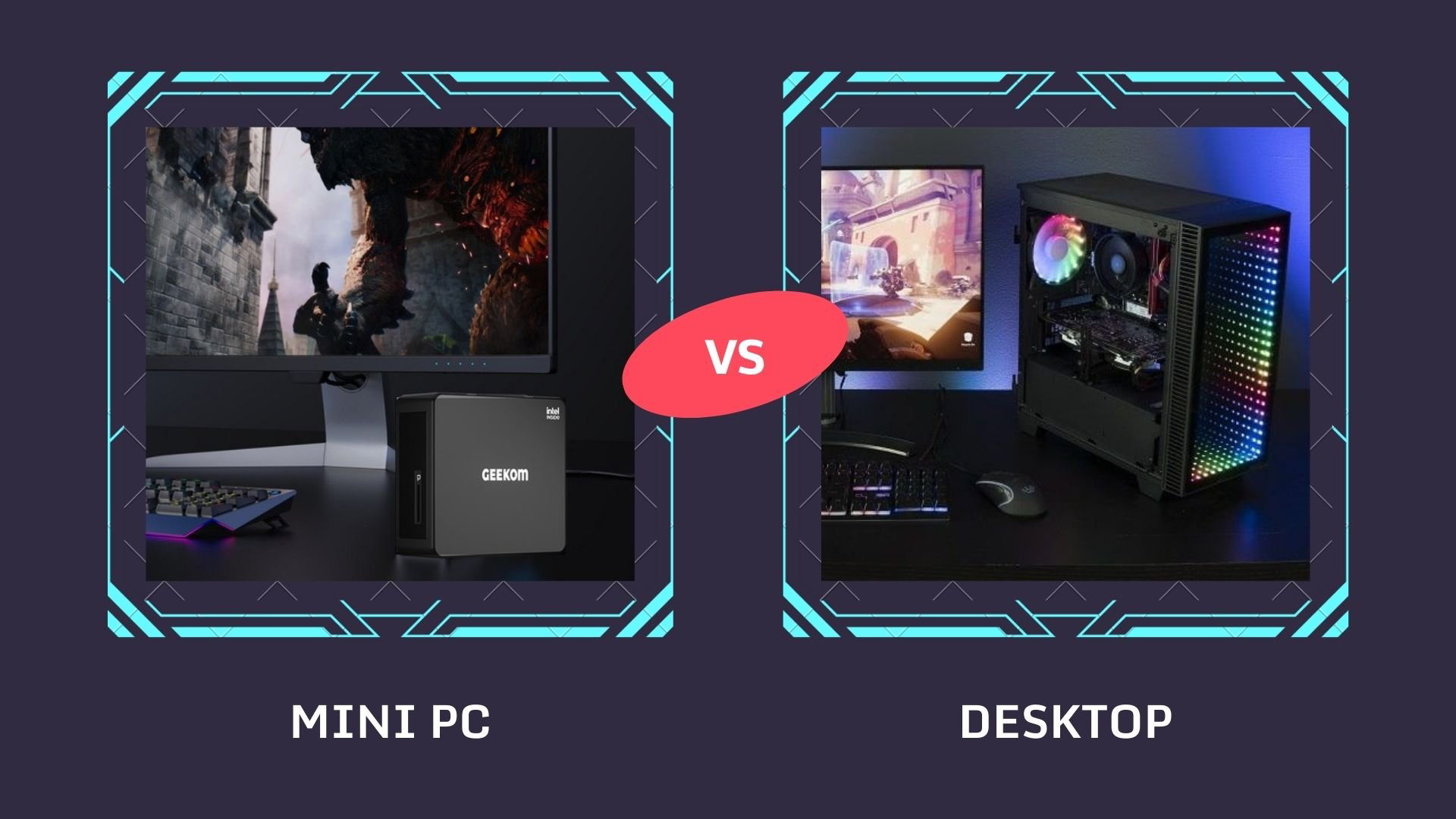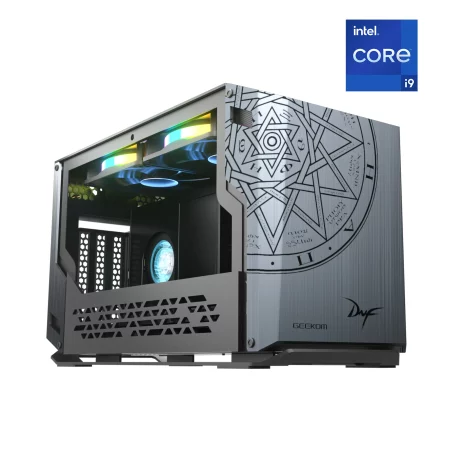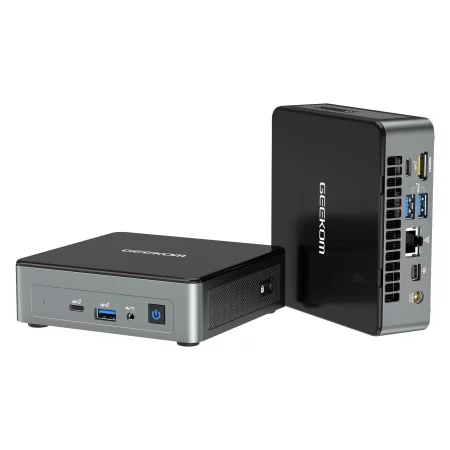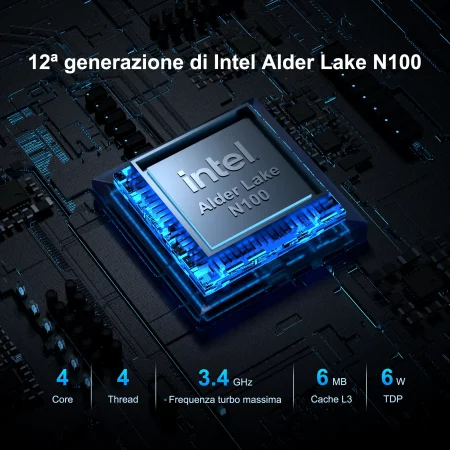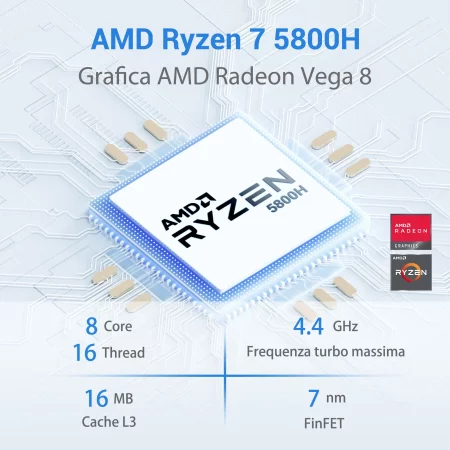In the ever-changing landscape of computer technology, expansion slots have played a vital role in enabling the integration of various hardware components and peripherals into computer systems. The PCI-e slot has transformed the way devices communicate with the CPU and other system resources. Its modular design and multiple lane configurations offer remarkable flexibility and scalability, allowing simultaneous communication between multiple devices without compromising performance.
PCI-e's impact extends beyond traditional desktop computers, becoming the standard for mini PCs, small form factor systems, and embedded devices. It revolutionized compact computing by enabling the integration of powerful components into compact packages.
With the advent of artificial intelligence, machine learning and other data-intensive applications, the demand for high-speed data transfer and connectivity is greater than ever. PCI-e's scalability and adaptability make it well suited to meet these changing needs, ensuring its continued relevance for years to come.
Development of the PCI-e slot
The evolution of expansion slots in computers has represented a constant advancement towards ever higher performance and greater versatility. From the early days of slots ISA (Industry Standard Architecture), which offered a basic way to connect peripherals, upon the introduction of PCI (Peripheral Component Interconnect) slots, the computing industry saw a progressive increase in data transfer speeds and functionality.
In 2003, PCI-e (Peripheral Component Interconnect Express) technology emerged as a revolutionary innovation, fundamentally changing the way devices communicate with the system. Unlike its predecessors, PCI-e adopts a serial interconnect architecture, enabling significantly higher data transfer speeds and lower latency.
The initial PCI-e 1.0 specification introduced 1x, 4x, 8x, and 16x slot configurations, with each lane capable of supporting 250 MB/s of data transfer in both directions. Subsequent versions of the PCI-e specification, including 2.0, 3.0, and 4.0, have led to exponential increases in data transfer speeds, reaching up to 16 GB/s per lane in PCI-e 4.
Milestones in the development of PCI-e technology include:
2007: Launch of PCI-e 2.0, doubling data transfer speeds to 500 MB/s per lane.
2010: Introducing PCI-e 3.0, further doubling data transfer speed to 1GB/s per lane.
2017: Introduction of PCI-e 4.0, which achieves data transfer speeds of 2 GB/s per lane.
2019: PCI-e 5.0 announced, targeting data transfer speeds of 4GB/s per lane.
These advancements have solidified PCI-e as the interface of choice for high-performance graphics cards, solid-state drives, network cards, and other peripherals requiring high data transfer speeds. Its scalability and flexibility have made it the standard for mini PCs and other small systems, allowing the integration of powerful hardware components into compact packages.
As technology continues to evolve, PCI-e stands to play an even more crucial role in defining the future of computing. With the advent of artificial intelligence, machine learning and other data-intensive applications, the demand for high-speed data transfer and connectivity is greater than ever. PCI-e's natural adaptability makes it well-suited to meeting these growing needs, ensuring its continued relevance over the years.
Technical details and features of the PCI-e slot
PCI-e technology stands out from previous expansion slot standards with a number of technical details and features that enable exceptional performance and versatility.
PCI-e Lines, Configurations and Data Transfer Speeds: PCI-e Lanes: PCI-e slots are composed of individual lanes, each capable of transmitting data in both directions simultaneously. The number of lanes in a slot determines the maximum data transfer rate. Common lane configurations include x1, x4, x8, and x16, with x16 being the most commonly used for high-performance graphics cards.
Configurations: PCI-e slots come in different physical configurations, indicated by the number of lanes. For example, a x16 slot has 16 lanes, while a x4 slot has 4 lanes. These configurations affect the maximum data transfer rate and the type of devices that can be hosted.
Data Transfer Speed: PCI-e technology has gone through several iterations, each bringing significant improvements to data transfer speeds. The latest PCI-e 4.0 specification supports data transfer rates of up to 16 GB/s per lane, resulting in a maximum theoretical bandwidth of 64 GB/s for an x16 slot.
Comparison with Previous Expansion Slot Standards: PCI-e vs. PCI: PCI-e offers significantly faster data transfer speeds than its predecessor, PCI (Peripheral Component Interconnect). PCI-e 1.0, the initial version of PCI-e, already provided data transfer speeds of 250 MB/s per lane, significantly faster than PCI's 133 MB/s.
PCI-e vs. AGP: AGP (Accelerated Graphics Port) it was designed specifically for graphics cards. While AGP offered faster data transfer speeds than PCI, it was limited to graphics cards and lacked the versatility of PCI-e. PCI-e, on the other hand, supports a wide range of devices, including graphics, sound, network cards, and storage controllers.
PCI-e slot applications
PCI-e slots have revolutionized communication between devices and expansion cards and expanded the possibilities for applications requiring high-speed data transfers and advanced performance.
Types of Devices and Expansion Cards:
Graphics cards: PCI-e slots are critical for high-performance graphics cards, needed to handle complex visuals and demanding games. PCI-e x16 slots, with maximum data transfer speed, ensure smooth and immersive gaming experiences.
Sound cards: PCI-e sound cards offer higher audio quality than integrated solutions. They are ideal for audio enthusiasts, gamers and content creators looking for high-fidelity sound.
Network cards: PCI-e network cards provide high-speed wired and wireless connectivity, essential for users who need fast, reliable network access for gaming, streaming, or transferring large files.
Storage Controllers: PCI-e storage controllers enable the connection of high-speed storage devices, such as solid-state drives (SSDs) and NVMe drives. These controllers offer data transfer speeds significantly faster than traditional SATA connections, improving load times and system responsiveness.
Common Applications:
Gaming: PCI-e slots are essential for gaming PCs, allowing the installation of powerful graphics cards that can handle demanding games at high resolutions and high frame rates.
Graphic and video production: Content creators and video editors rely on PCI-e slots to install high-end graphics cards and video capture cards, ensuring smooth video editing, rendering and encoding.
Audio/video production: PCI-e sound cards and audio interfaces are essential for professional audio production and music creation, providing high-quality audio input and output and support for multiple channels and surround sound.
Net: PCI-e network cards find application in high-performance networking situations such as gaming, streaming and data centers, offering low latency and high throughput to ensure fast and reliable connectivity.
Storage: PCI-e storage controllers and NVMe drives are ideal for users who require extremely high storage speeds for applications such as video editing, database management, and scientific simulations.
Impact of the PCI-e slot on mini PCs
DDR5 memory offers significantly faster data transfer speeds than previous generations, with speeds starting at 4800 MT/s and the potential to reach 16000 MT/s and beyond. This dramatic speed increase translates to improved performance in a wide range of applications, including:
Gaming: The faster memory speeds of DDR5 can provide a noticeable performance boost in graphics-intensive games, especially at higher resolutions and more demanding visual settings.
Content Creation: For tasks like video editing, 3D rendering, and animation, DDR5's increased bandwidth can significantly reduce rendering times and improve overall workflow efficiency.
Scientific simulations: DDR5's high-speed memory is crucial for scientific simulations and modeling, where large data sets and complex calculations require rapid data access.
Overall Productivity: Even for everyday tasks like web browsing, multitasking and office applications, DDR5 can provide a perceptible improvement in overall system responsiveness and performance.
Increased memory capacity
PCI-e revolutionized mini PCs and other systems with a compact form factor, transforming them from niche products into powerful and versatile computing devices.
Importance of PCI-e technology for Mini PCs:
Compact Size and Expandability: PCI-e slots allow the integration of high-performance components into devices with a small form factor. This allows mini PCs to accommodate powerful graphics cards, storage controllers and other expansion cards, despite limited space.
Performance Increase: PCI-e technology offers significantly faster data transfer speeds than previous expansion slot standards. This performance boost improves the responsiveness and overall performance of mini PCs, making them suitable for demanding tasks such as gaming, video editing, and 3D rendering.
Challenges Related to Integrating PCI-e Slots into Small Devices:
Space Constraints: Mini PCs have limited internal space, making it difficult to fit full-size PCI-e slots and expansion cards.
Heat Dissipation: High-performance components, such as graphics cards, generate a significant amount of heat. Ensuring adequate cooling within the compact chassis of a mini PC can be a challenge.
Final thoughts
The debut of DDR5 memory represents a critical breakthrough in DRAM technology, bringing tangible improvements to real-world performance beyond synthetic ratings in mini PCs targeting workloads such as gaming, content creation and productivity.
With its double the bandwidth and higher density than DDR4, DDR5 enables mini PCs to handle more demanding workloads, including gaming, video editing, 3D modeling and more, that previously required bulkier desktops. Extreme multitasking is now handled with greater fluidity, and the presence of integrated ECC also contributes to the reliability of the system.
Adoption of DDR5 by PC manufacturers is growing rapidly, with it predicted to account for more than 50% of the DRAM market by 2024. As time progresses, optimizations at the BIOS and firmware levels, along with mini PCs designed specifically to take full advantage of the capabilities and bandwidth of DDR5, they will become increasingly popular. Ongoing revisions of the standard itself will build on the solid foundation already provided by DDR5.
For mini PC enthusiasts, power users, and operators building small workstations, the GEEKOM Mini PC represents significant support for the next generation of memory technology. This allows more compact systems to be competitive and tackle demanding production and creative workloads.
